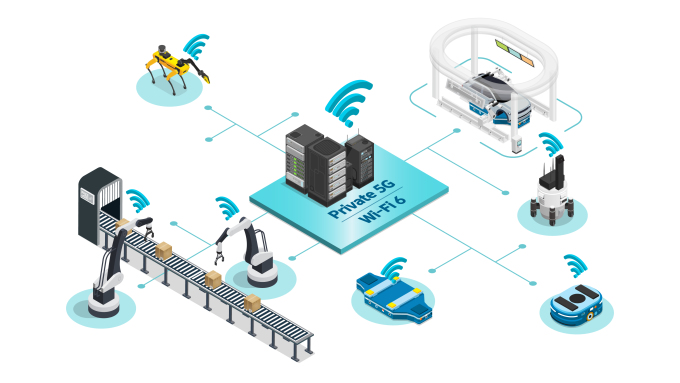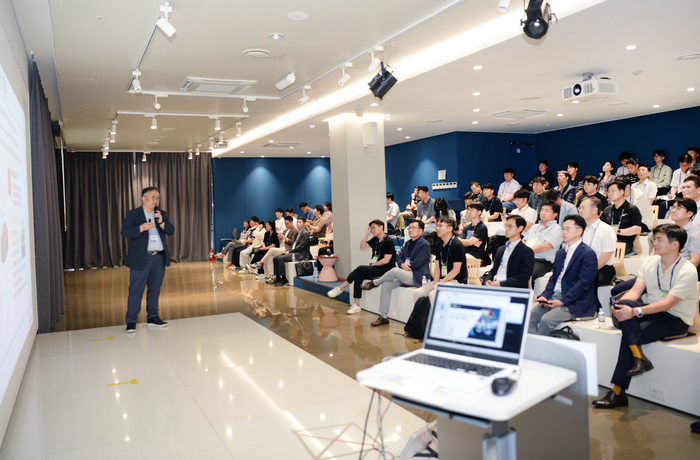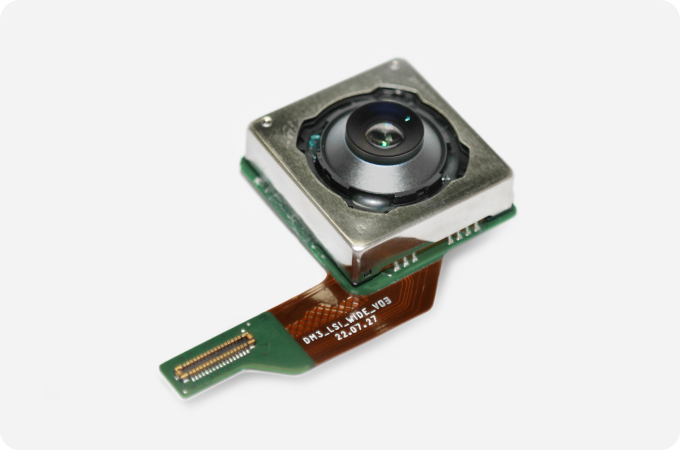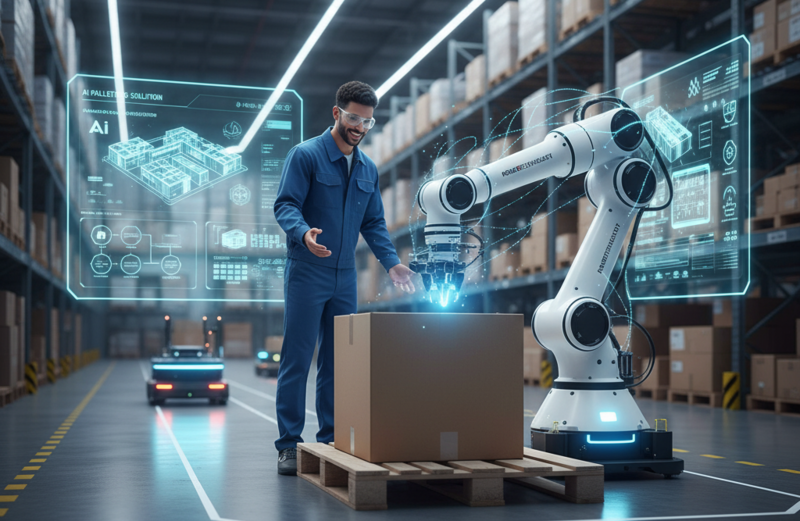
4차 산업혁명의 메카라 할 수 있는 이곳 실리콘 밸리에서는 AI 기술 발전이 속도전을 방불케 한다. AI 기술 혁신의 상용화와 대중화도 빠르게 진행되고 있으며, 그중에서도 로봇 무인자동차, 즉 자율주행차 기술이 선두를 다투는 치열한 부문 중 하나로 보인다.
로봇의 상용화는 이미 제조업 공장 등에서는 일상화되어 크게 놀랄 일은 아니다. 하지만 자율주행 로봇 택시가 복잡한 대도시 한복판을 누비는 것은 '새로운 모빌리티 혁명'이다. 이 모빌리티 혁명의 선두 주자는 구글의 자율주행 기업인 웨이모(Waymo)의 로보택시(Robotaxi)이다. 웨이모는 샌프란시스코와 일부 로스앤젤레스 지역에서 시험 운행을 시작했다.
이곳 실리콘 밸리를 방문하면서 미국 자율주행차 기술의 수준을 알아보기 위해 현재 샌프란시스코에서 시험 운행 중인 웨이모를 직접 탑승해 보았다. 웨이모를 탑승하는 것은 쉽지 않다. 애플 앱스토어나 구글 플레이 스토어에서 애플리케이션을 다운로드한 후, 구글 계정을 입력해 승차 장소와 목적지를 설정해 웨이모를 호출했다. 그러나 현재 웨이모는 샌프란시스코에서 약 50대 정도 운행 중이며, 서비스 이용 대기자는 몇만 명에 이르러 원하는 시간에 부르는 것은 쉽지 않지만, 앱 사용자의 도움으로 어렵게 웨이모를 탑승할 기회를 얻었다.
웨이모 차량에는 8개의 카메라, 4개의 라이더(LiDAR) 센서, 6개의 레이더가 탑재되어 있고, 차량이 주행 중 전후좌우를 360도로 감시한다. 이는 차량 지붕에 360도로 회전하는 라이더 센서가 장착되어, 이를 통해 차량 주변의 모든 물체를 식별해 낸다.
자율주행차를 타봄으로써 새로운 모빌리티 혁명을 직접 체험한 첫 느낌은 기존 인간중심의 이동 수단과는 확연히 다른 이동 수단임을 확인했고, 이동 거리의 개념까지도 완전히 달랐다는 점이다.
지난 4월 테슬라 최고경영자(CEO)인 일론 머스크는 X(옛 트위터)에서 놀라운 선언을 했다. 그는 로보택시가 "4차 모빌리티 혁명을 완성할 것"이라며 "테슬라 로보택시를 8월 8일 공개하겠다"고 말했다. 테슬라는 자율주행(FSD·오토파일럿보다 향상된 자율주행 기술)을 도입해 축적해 온 데이터를 바탕으로 로보택시 사업을 시작할 계획이다. 이는 기존 모빌리티 시스템을 순식간에 대체할 수 있을 것으로 세계 모빌리티 업계는 전망한다. 머스크는 "로보택시를 운영하는 소유자가 본인이 사용하지 않는 시간대에 택시로 운영하면 연간 3만 달러의 수익을 낼 수 있다"고 말한다. 이는 AI 기반의 4차 산업혁명에 대한 새로운 비전이자 모델이라고 할 수 있다. 자동차를 개인의 소유 개념에서 에어비앤비와 같은 공유 개념의 이동 수단으로 그 인식을 180도 바꿔 놓을 수 있다.
거대한 데이터를 내장한 인공지능(AI) 기능을 갖춘 소프트웨어가 정상 작동하여 인간을 대신하는 역할에서 안정성만 검증된다면, 로봇 무인 택시 시대가 곧 열릴 것이며, 대중화와 상용화 또한 매우 빨라질 것이다. 여기서 흥미로운 것은 머스크가 8월 8일 발표할 테슬라의 로보택시 시험 운행 장소가 중국의 일부 지역이 될 수 있다는 점이다. 미·중 간의 AI 기반 기술 혁신 경쟁이 더욱 치열해지고 있는 현실을 감안한다면 이는 쉽게 이해되지 않는 묘한 느낌이다.
이런 상황에서 현대자동차가 미래 자동차 경쟁력의 중심축이 하드웨어(HW)에서 소프트웨어(SW)로 바뀌고 있다는 점을 빠르게 인식해, 이곳 실리콘 밸리에 소프트웨어 연구소를 설립하기로 한 결정은 매우 잘한 선택으로 보인다. 이제 AI에 기반한 자율주행차의 각축전은 미국 내 구글의 웨이모와 테슬라 간의 경쟁을 넘어 미·중 간의 기술 패권 경쟁으로 한치의 양보할 수 없는 게임구도가 되었다. 여기에 글로벌 자동차 기업인 현대, GM 등이 가세하고 있다.
이런 시점에 우리 정부와 정치권은 국가 미래전략 차원에서 기업의 경쟁력이 곧 국가경쟁력이라는 인식을 갖고, 빠르게 다가오는 AI 기반 4차 산업혁명 기술혁신의 변화에 맞춤형 경쟁력을 키우는 입법 활동과 정책 수립에 박차를 가해야 한다. 이것이 이번 구글의 웨이모를 시승한 경험을 통해 얻은 중요한 결론 중 하나이다.
AI와 반도체 기반 기술혁신에 대한민국의 미래 운명이 걸려있다. 이 벼랑 끝 운명 앞에 정치는 더 이상 허송세월하지 말아야 한다.
*필자/장성민 전 국회의원
*아래는 위 기사를 '구글 번역'으로 번역한 영문 기사의 [전문]입니다. '구글번역'은 이해도 높이기를 위해 노력하고 있습니다. 영문 번역에 오류가 있을 수 있음을 전제로 합니다.<*The following is [the full text] of the English article translated by 'Google Translate'. 'Google Translate' is working hard to improve understanding. It is assumed that there may be errors in the English translation.>
[US SF local analysis] Visit to Silicon Valley and board the US self-driving car Waymo
Preparing for Korea's AI-based mobility revolution... Politicians should not waste any more time!
-Former National Assembly member Jang Seong-min
In Silicon Valley, the mecca of the 4th Industrial Revolution, the development of AI technology is like a race for speed. The commercialization and popularization of AI technology innovations are also progressing rapidly, and among them, robotic unmanned car (autonomous vehicle) technology appears to be one of the fiercest sectors competing for leadership.
The commercialization of robots has already become routine in manufacturing plants, so it is not surprising. However, autonomous robot taxis traveling in the middle of complex metropolitan areas is a ‘new mobility revolution.’ The leader in this mobility revolution is Google's self-driving company, Waymo's Robotaxi. Waymo has begun testing in San Francisco and parts of Los Angeles.
While visiting Silicon Valley, I rode a Waymo vehicle currently in test operation in San Francisco to see the level of American self-driving car technology. Getting on board Waymo is not easy. After downloading the application from the Apple App Store or Google Play Store, I entered my Google account, set the ride location and destination, and called Waymo. However, there are currently about 50 Waymo vehicles in operation in San Francisco, and there are tens of thousands of people waiting to use the service, so it is not easy to call at the desired time, but with the help of app users, I was able to get a chance to ride Waymo.
Waymo vehicles are equipped with 8 cameras, 4 LiDAR sensors, and 6 radars, and monitor the front, rear, left, and right in 360 degrees while the vehicle is driving. This is equipped with a lidar sensor that rotates 360 degrees on the roof of the vehicle, which identifies all objects around the vehicle.
My first impression of experiencing the new mobility revolution by riding an autonomous vehicle was that it was a significantly different means of transportation from existing human-centered transportation methods, and even the concept of travel distance was completely different.
Last April, Tesla CEO Elon Musk made a surprising declaration on X (formerly Twitter). He said that robotaxi “will complete the fourth mobility revolution,” and that “Tesla robotaxi will be unveiled on August 8.” Tesla plans to start a robotaxi business based on the data it has accumulated by introducing autonomous driving (FSD, an improved autonomous driving technology than Autopilot). The global mobility industry predicts that this will be able to instantly replace existing mobility systems. Musk says, “An owner who operates a robotaxi can make $30,000 a year in profit by operating it as a taxi during times when the robotaxi is not in use.” This can be said to be a new vision and model for the AI-based 4th Industrial Revolution. The perception of cars can be changed 180 degrees from a concept of personal ownership to a shared means of transportation like Airbnb.
If software with artificial intelligence (AI) functions and built-in huge data operates normally and proves stability in its role of replacing humans, the era of robot unmanned taxis will soon begin, and popularization and commercialization will also be very rapid. What's interesting here is that Tesla's robotaxi test operation location, which Musk will announce on August 8, may be in some areas of China. Considering the reality that competition in AI-based technology innovation between the US and China is becoming more intense, this is a strange feeling that is not easily understood.
In this situation, Hyundai Motor Company quickly recognized that the central axis of future automobile competitiveness is changing from hardware (HW) to software (SW), and the decision to establish a software research center here in Silicon Valley seems to have been a very good choice. Now, the competition between AI-based self-driving cars has gone beyond the competition between Google's Waymo and Tesla in the U.S. and has become a competition for technological hegemony between the U.S. and China, a game where no compromise can be made. Global automobile companies such as Hyundai and GM are joining in.
At this time, our government and political circles recognize that corporate competitiveness is national competitiveness at the level of the national future strategy, and are spurring legislative activities and policy establishment to increase customized competitiveness in response to the rapidly approaching changes in technological innovation of the 4th Industrial Revolution based on AI. It must be done. This is one of the important conclusions obtained through the experience of test driving Google's Waymo.
The future fate of Korea depends on AI and semiconductor-based technological innovation. In the face of this cliff-edge fate, politics should no longer waste time.
*Writer/Former National Assembly member Jang Seong-min



![[Biz-inside,China] 노인 도시락 배달하는 드론, 하늘 나는 택시…中 저고도 경제 현실화](https://pds.joongang.co.kr/news/component/htmlphoto_mmdata/202509/17/d82c7d53-ff06-41ed-b4dd-4068164b5b2a.jpg)



